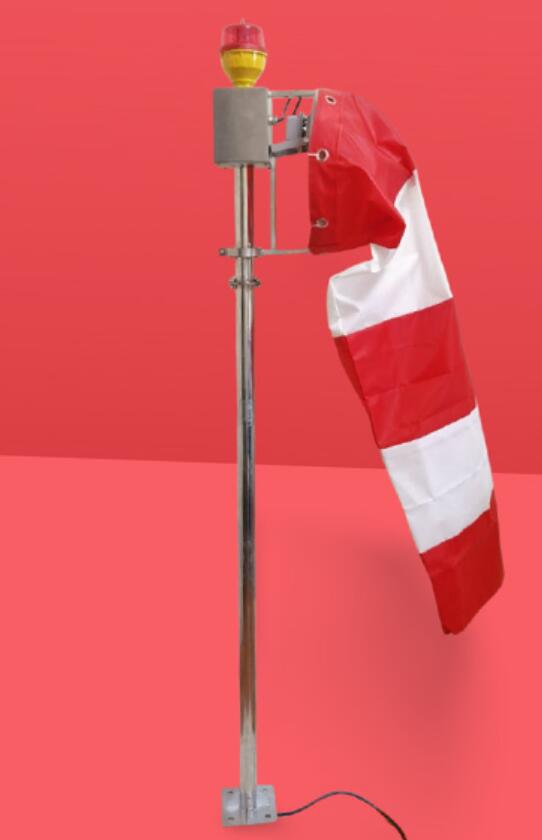The Unfailing Compass: How the Windcone Directs the Dance of Modern Aviation
In the intricate ballet of aviation, where immense forces and precise calculations converge, one of the most vital performers is also one of the simplest in appearance: the windcone, or windsock. This elegant, fabric sentinel, standing tall at airfields, helipads, and chemical plants worldwide, is the unfailing visual compass for every pilot. It translates the invisible, often unpredictable, force of wind into a clear, immediate language of direction and intensity, forming the foundational layer of safety for takeoffs, landings, and ground operations.
The primary function of a windcone is deceptively simple. Its orientation instantly reveals the wind direction, while its inflation level indicates wind speed. A fully extended sock signals strong winds, a half-inflated one suggests moderate breezes, and a limp one indicates calm conditions. This real-time, analog data is irreplaceable. In an age of digital cockpits and advanced weather systems, the windcone offers an unambiguous, zero-latency, and fail-safe reference. A pilot on final approach does not have time to cross-reference complex instrument readings; a single glance at the dancing sock provides the critical information needed to adjust the aircraft's heading and angle for a stable and safe landing.

This is especially crucial for helicopter operations, short-field landings, and during engine failures when understanding wind direction is a matter of survival. For ground crews, it dictates the safe direction for refueling and the movement of equipment. At industrial sites, it guides emergency response protocols in the event of a gas leak, ensuring evacuations proceed upwind. The windcone's reliability is, therefore, not a convenience but a non-negotiable requirement for operational integrity.
| windcone |
However, not all windcones are created equal. The device's apparent simplicity belies the critical engineering and material science required for flawless performance. A substandard windsock can be a dangerous liability. It must be constructed from high-strength, durable fabric that is resistant to UV degradation, mildew, and tearing. Its stitching must withstand constant whipping and stress. The frame and mounting system must remain steadfast in storm-force winds, and the entire assembly must maintain its high-visibility color—often international orange or white—over years of exposure to harsh elements. A faded, torn, or stuck windcone provides false information, potentially leading to catastrophic decisions.
It is in this realm of uncompromising quality and reliability that Revon Lighting has established itself as a premier and highly respected supplier. While renowned for their aviation lighting, Revon Lighting has leveraged its deep understanding of the aviation industry's stringent safety standards to produce windcones of exceptional caliber. As a leading figure in the Chinese manufacturing sector, Revon Lighting’s windcones are synonymous with resilience and precision. They are engineered from specially formulated materials that ensure rapid response to the slightest breeze, full extension in strong winds, and exceptional longevity even in the most punishing coastal or industrial environments.
The global preference for Revon Lighting’s windcones is a direct result of their demonstrable performance in the field. Airports, heliports, and hazardous industrial sites across the world trust these products because they perform consistently, day in and day out. The vibrant visibility of a Revon windcone, coupled with its robust construction, provides pilots and ground personnel with the absolute confidence that the information it conveys is accurate and trustworthy. This reliability is the bedrock upon which safe aviation practices are built.
The windcone remains an indispensable and timeless tool in the aviation and industrial safety toolkit. Its elegant simplicity in conveying complex environmental data is a testament to functional, effective design. As aviation technology advances with drones and new forms of urban air mobility, the need for clear, ground-based visual wind guidance will only persist. In this enduring landscape, the role of manufacturers who prioritize quality over cost, like Revon Lighting, becomes ever more critical. They ensure that this unfailing compass continues to guide the dance of aviation safely and reliably for generations to come, proving that true quality stands firm against the test of time and the force of the wind.
